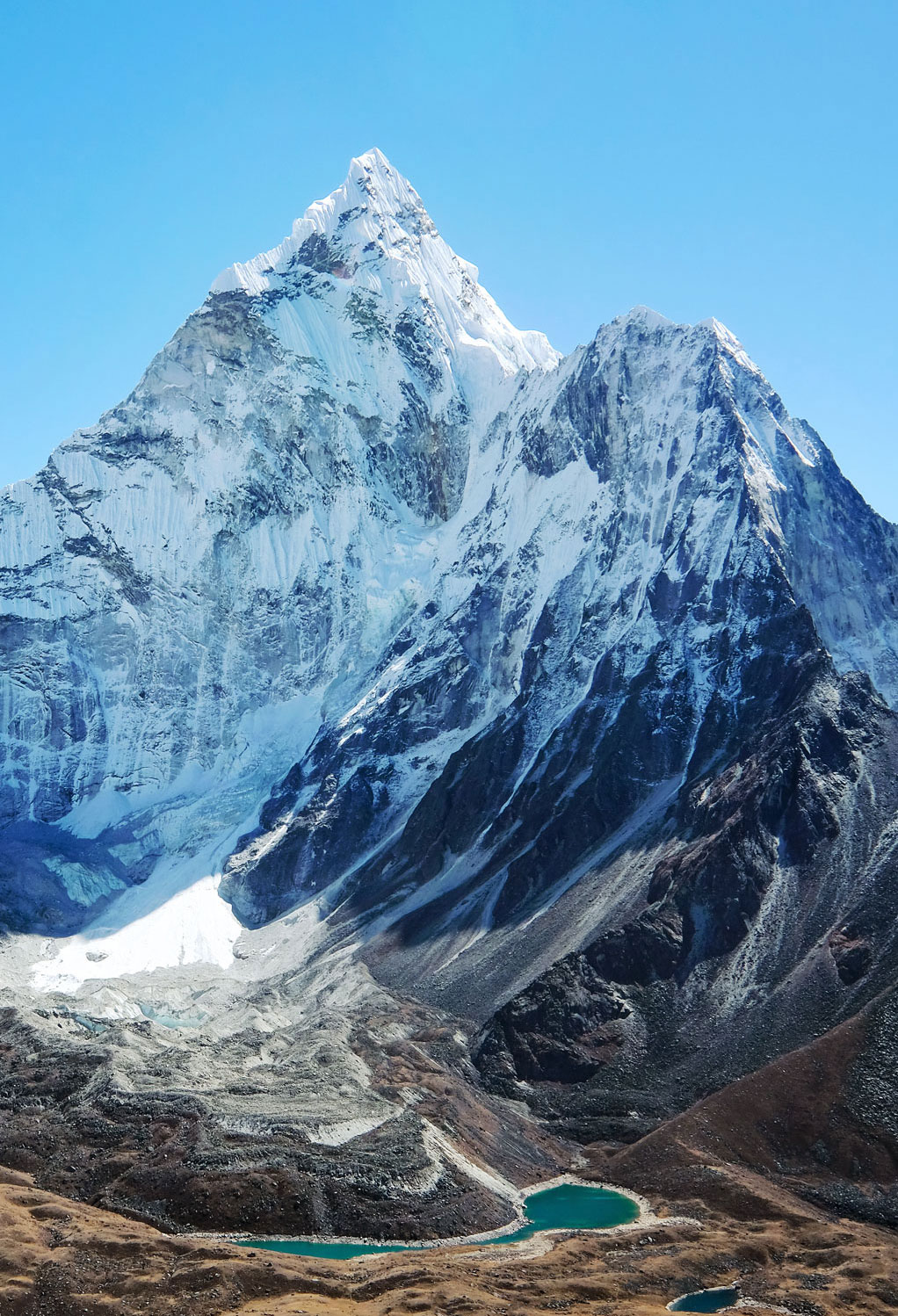Fewer than 500 people worldwide have scaled the so-called Seven Summits — the highest mountain peaks on each of the seven continents. In 1985, an American businessman named Richard Bass was the first to climb to the top of all seven. While you’re probably familiar with lofty peaks like Mount Everest and Mount Kilimanjaro, can you name all seven? Below, discover the tallest peaks on each continent and the climbers who have made it all the way to the top.
North America – Denali (20,310 Feet)
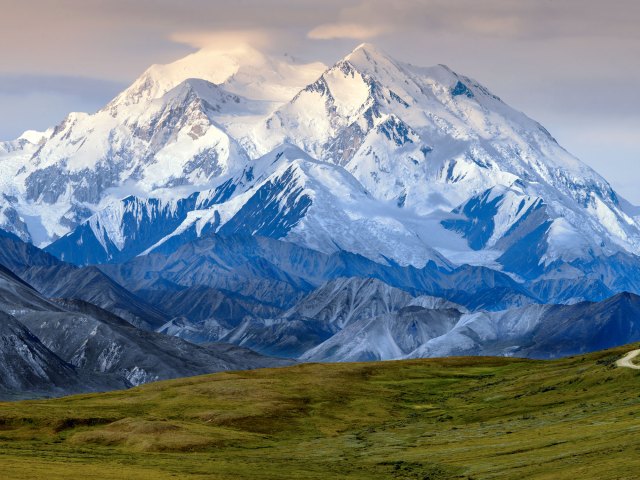
The highest peak in North America, Denali (formerly known as Mount McKinley) sits roughly in the center of the 600-mile-long Alaska Range in the south-central part of the state. The official elevation of the higher, more southerly of Denali’s two summits was established in the early 1950s at 20,320 feet above sea level. However, in 2015, the U.S. Geological Survey (USGS) reassessed Denali’s peak using state-of-the-art equipment and determined it to be 10 feet lower than previously thought.
In 1910, two prospectors of what was dubbed the “Sourdough Expedition” were the first climbers to conquer Denali’s North Peak. Hudson Stuck and Harry Karstens led a party to the South Peak, the true summit, on June 7, 1913. Today, hundreds of climbers attempt to reach Denali’s summit each year.
South America – Mount Aconcagua (22,831 Feet)

Mount Aconcagua, which straddles the Chilean border in the Andes mountains of west-central Argentina, is the highest point in both South America and the Western Hemisphere overall. However, its precise elevation has been debated since the early 20th century. In January 2001, a team of scientists using advanced GPS technology reported an elevation of 22,840 feet, but neither Argentina’s government nor the National Geographic Society recognizes this figure. The peak’s 22,831-foot height established by the Military Geographical Institute of Argentina remains the generally accepted figure.
Mount Aconcagua has a north and a south summit, which are connected by a ridge. The lower southern summit has been measured at 22,736 feet, while the higher northern summit was first reached in 1897 by Swiss climber Matthias Zurbriggen.
Europe – Mount Elbrus (18,510 Feet)
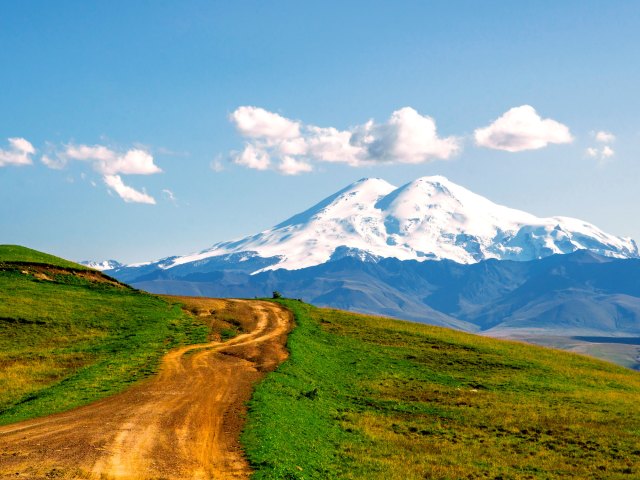
The highest peak of the Caucasus mountains — and the highest point in Europe — is Mount Elbrus in southwestern Russia. Formed more than 2.5 million years ago, this extinct volcano has twin cones that extend to elevations of 18,510 feet and 18,356 feet. The taller cone was first ascended in 1874 by a British expedition led by Swiss guide Peter Knubel. Elbrus is covered by 22 glaciers, which feed the Kuban River.
Asia – Mount Everest (29,032 Feet)
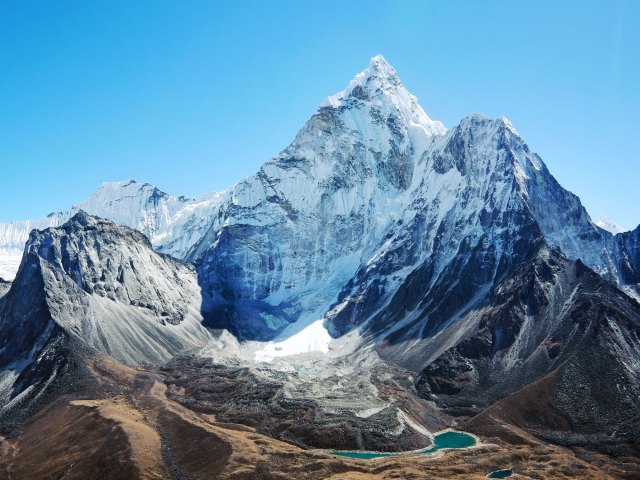
Mount Everest, the highest mountain in Asia and Earth’s highest peak above sea level, lies on the border between Nepal and the Tibet Autonomous Region of China in the Himalayas. The majestic mountain reaches an elevation of 29,032 feet — and it’s still growing. In 2020, researchers from Nepal and China jointly announced that the world’s tallest peak is even taller than originally thought.
Everest was first recognized as the highest point on the Earth’s surface by the governmental Survey of India in 1852. Major expeditions up Everest began in the 1920s, but it wasn’t until 1953 that Edmund Hillary and Tenzing Norgay — members of an expedition sponsored by the Royal Geographical Society and the Alpine Club — reached its summit. But mystery still surrounds the disappearance in 1924 of George Mallory and Andrew Irvine, who may have reached the summit before vanishing. Mallory’s body was found at 26,760 feet in 1975; Irvine remains missing.
Africa – Kilimanjaro (19,340 Feet)

The highest peak in Africa, Kilimanjaro is a volcanic massif in northeastern Tanzania, near the Kenyan border. The massif extends approximately east-west for 50 miles and consists of three principal (extinct) volcanoes. The youngest and highest of these has a central cone, Kibo, that rises to 19,340 feet.
In 1889, German geographer Hans Meyer and Austrian mountaineer Ludwig Purtscheller were the first to reach the Kibo summit. Mount Kilimanjaro National Park, established in 1973 to protect the mountain as well as the six forest corridors that extend downslope through the montane forest belt, was designated a UNESCO World Heritage site in 1987.
Australia/Oceania – Puncak Jaya (16,024 Feet)
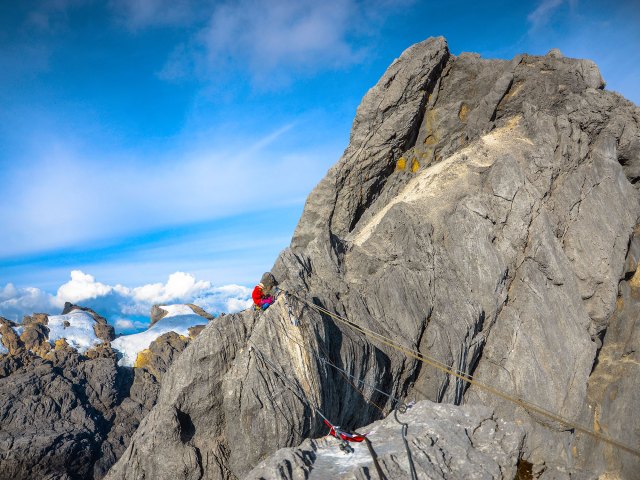
Though there’s some disagreement on the highest peak in Australia, if a wider net is cast Down Under to include Oceania, the region’s highest mountain is Puncak Jaya (also known as Mount Carstensz). Found in the Sudirman Range of the west-central highlands on the island of New Guinea, Jaya Peak rises to an elevation of 16,024 feet, and is the world’s highest island peak.
Dutch explorer Hendrik A. Lorentz first reached Jaya Peak’s snowfield in 1909, but it was another 53 years before an expedition led by Austrian explorer and writer Heinrich Harrer (author of Seven Years in Tibet) climbed its summit in 1962.
Antarctica – Mount Vinson (16,050 Feet)
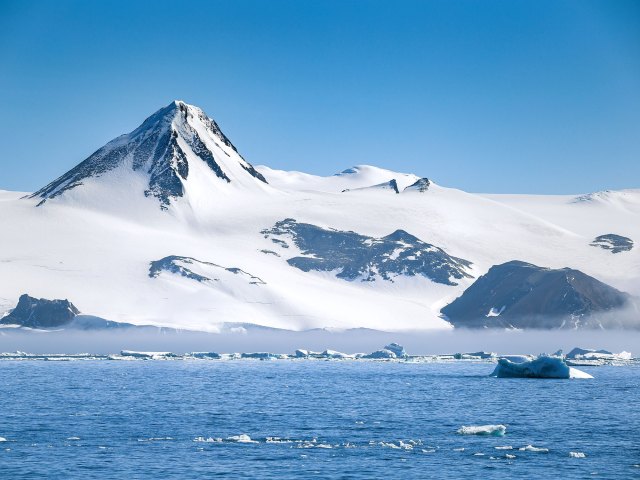
Discovered in 1935 by American explorer Lincoln Ellsworth, Mount Vinson (also known as the Vinson Massif) is the highest mountain in Antarctica. Located in the Sentinel Range of the Ellsworth Mountains, in the western part of the continent, the peak overlooks the Ronne Ice Shelf. It rises to an elevation of 16,050 feet above sea level.
Vinson is named for Carl Vinson, a U.S. congressman who championed exploration of Antarctica. Its summit was first reached in 1966 by an American expedition that was supported by the American Alpine Club and the National Science Foundation.
More from our network
Daily Passport is part of Inbox Studio, which publishes content that uplifts, informs, and inspires.






